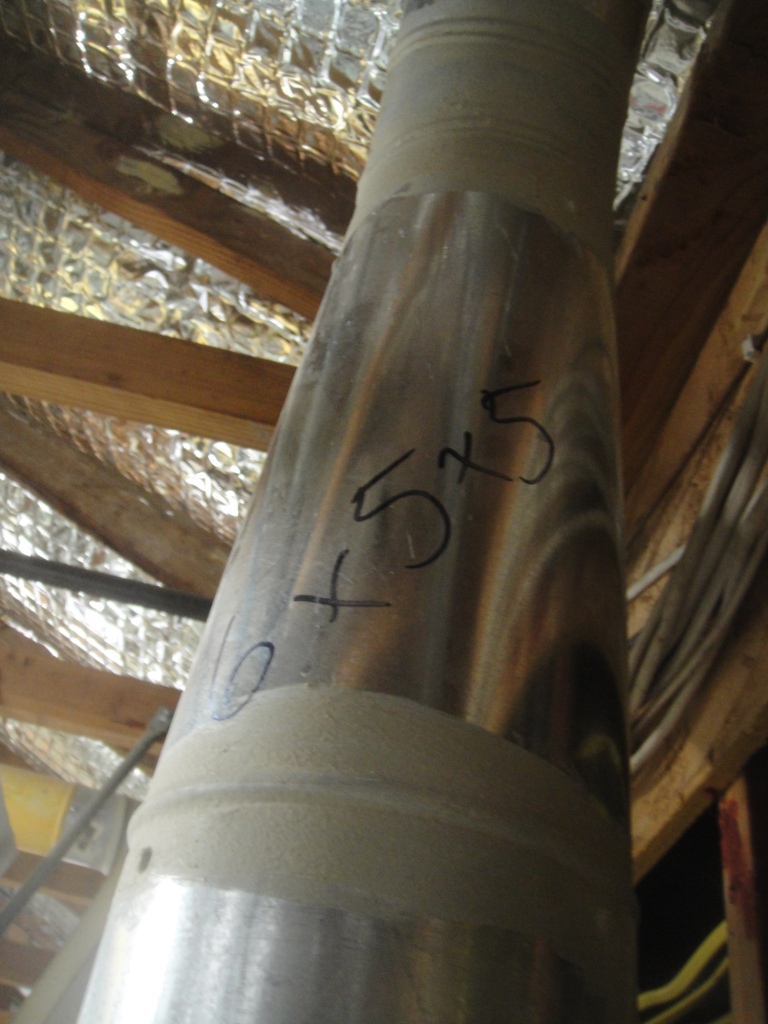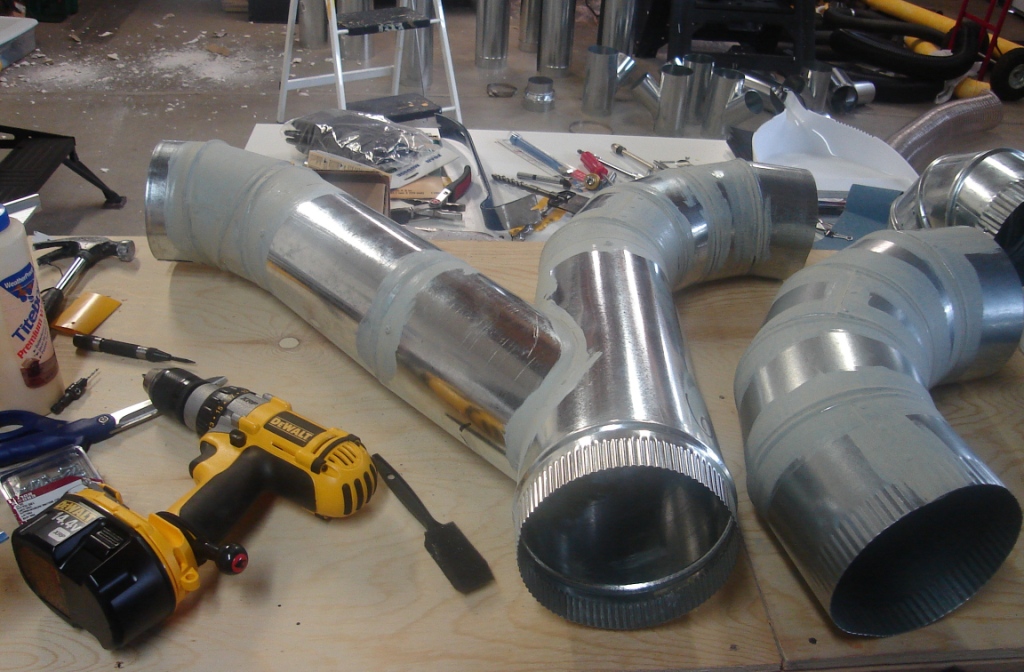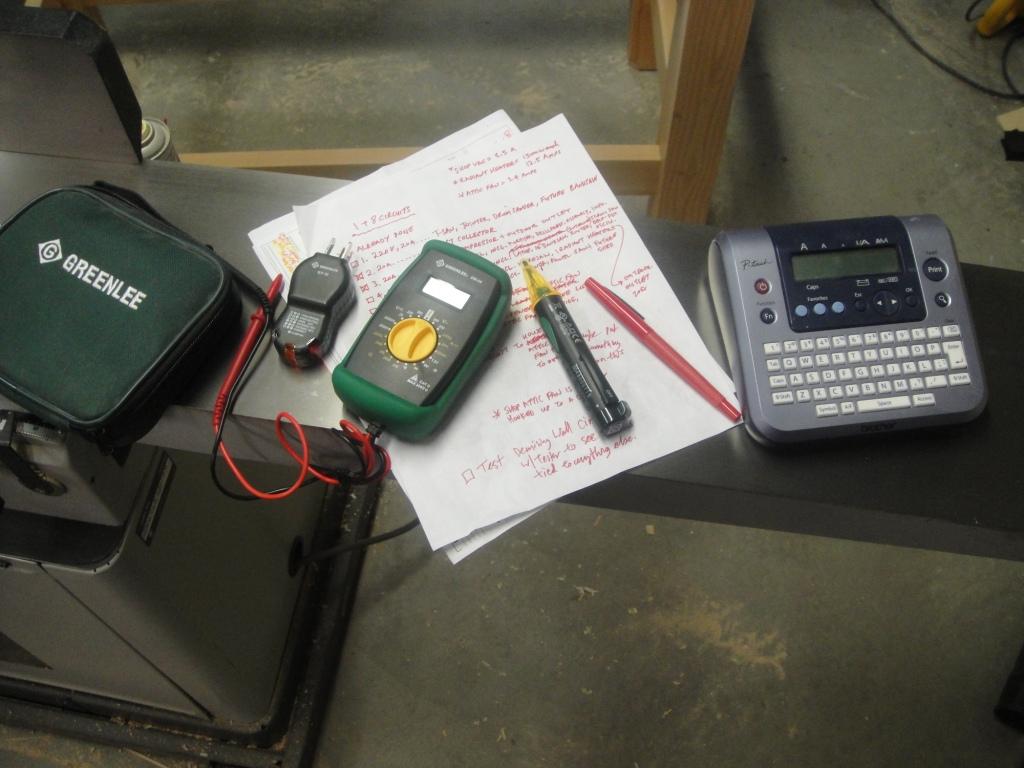Written By Bobby. On Jan 02. In Design Process,Starting? Go here!
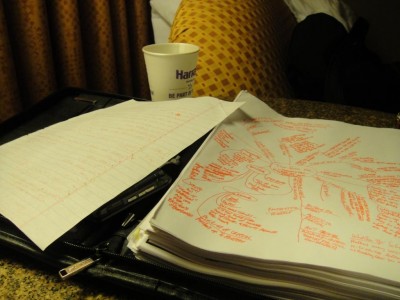
This is a familiar scene to me; once I sit down with the computer, my design folder, and inspirational materials I know it’ll just flow from there.
How many ideas have you collected? How many magazine pages have you flagged? “I better bust out the notepad and sketch this so I don’t forget about it.” Are you using these ideas? Have you noticed that when you sit down to design a project your ideas just flow?
This design time is something that you should make routine. This way you can focus all the ideas in your brain archives onto something specific.
You know what works for you, so just do more of it! I like to go to a place where I know I can’t watch TV or have my attention subdivided such as a coffee shop or a corner table at the mall. A table and a chair in your backyard will work, too. I prefer mid-morning when my energy level is high and I’m not mentally tired from the day. Usually a White Chocolate Mocha from Starbucks will give me a boost which is enough to do about 1-1/2 to 2 hours of pure design.
Also, if you just don’t feel like it, don’t force yourself, but if you feel inspired and enthusiastic take advantage of that and don’t do the laundry. Your ambitiousness comes in waves and cycles back and forth. So don’t beat yourself up for the times when you feel “lazy” but don’t bypass the times when you’re in a creative mood. This is like walking over a $20 bill you see on the sidewalk.
Shape Your Environment
Shape your environment to mimic the times when you had the best design sessions. The type of place, the noises around you, the absence of accessible temptations such as TV all can be optimized for a kick-butt session. My best brainstorming sessions start with a red pen, a blank piece of paper, and some sort of reference material. This can be an architecture book, pictures you have on your computer, woodworking magazines, or your sketches and notes you’ve accumulated. These are really just triggers for the ideas you have in your head.
I can’t seem to concentrate if I know I have to do something within an hour. Have enough time in front of you that is obligation-free (I call this the time-forward concept).
I then either free-sketch or draw a mindmapto get as much on paper as I can. I don’t worry about organizing and refining it until I’ve got a full page of stuff drawn or written. After that, I take a look at what I’ve got and start to focus and organize it.
Why Bother?
Some people are used to building things on the fly, with a minimal amount of sketching. This may work for you, but I encourage you to try a focused design session. By doing your thinking first in a focused environment, you’ll likely come up with all sorts of things that your project would lack if you did it by the seat of your pants. Of course, don’t stay in the design phase forever. This tendency towards paralysis in analysis has kept many out of the shop. See the previous post, Is the Last 5% Taking 95% of Your Time?
Design pays dividends continuously in the shop. You can pre-plan your order of operations for a furniture project, compile all of your shop frustrations you’ve written down while in the shop into a new workstation, batch your cuts together to minimize set-up time, or enjoy a tool layout that you know is well thought out .
Plus, you don’t have to think in “big picture mode” while you’re in the shop. You just have to focus on one operation at a time because it’s mostly scripted for you already. There is a reason most companies have a separate engineering department from the shop floor. You want your thinking to be done in a focused environment geared toward design. Of course, if you’re a solo-shop owner, you have the advantage of being both your engineering and fabrication departments.
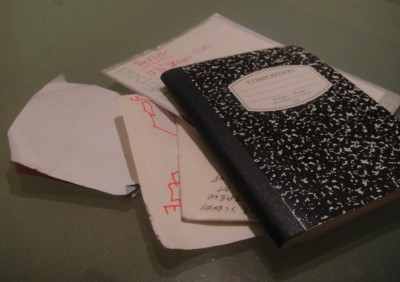
Do what works for you; if you tend not to update or use a list in your pocket, then don’t force it. Just try another method like a dry erase board in the shop itself.
Have a Running Complaints List in Your Back Pocket
I keep a folded piece of paper in my back pocket along with a pen that I use to list the things that frustrate me while in the shop. Things like needing another two 36” parallel jaw clamps, need a way to store my drill bits so I can find them, running out of 100 grit sandpaper are all things that would go on this list. Some I flag as “BUY” items, and others are things that I’ll want to incorporate into my ultimate woodshop design.
Sometimes in the morning I walk around and look for trouble. Other times it just happens, like when I find myself having to walk to another workstation to grab a push block. I make a note to buy another one to keep at that station. If I’m getting inaccurate results, I think of a way to solve it, or I just write down the problem and look up ideas later.
This list is what I have with me during my design sessions. I look at it to see if anything is relevant to what I’m designing that day. But I don’t try to solve all of my problems at one session. I just pick the one that’s related to my current biggest issue and cross it off the list.
Optimize Your Design Session by Eliminating Overwhelm
Sometimes I don’t feel like designing because I don’t know where to start. I’ve since learned to pick something, focus on it, and ignore all else. I do the same thing with learning. I try to concentrate on things that are relevant to what I’m currently designing, basically using just-in-time learning. That way I don’t read and try to remember dozens of random articles. I just archive or flag things that I may need later but I get them off my brain.
I also use the 80/20 rule. I know that usually only 20% of the things I’d like to do will give 80% of the results. So I pick something from the top items that will have the greatest benefit. Have a cold shop that prevents a season of woodworking? That’s a pretty big problem. Probably wise to ignore not having a fancy drill press table and start planning how you’re going to seal and insulate your shop envelope. Keep doing that and you’ll always be solving your biggest problem at any given time. Wouldn’t it be nice to get to the point where you’re making bins for stray washers?
WoodChip Tip: By creating a design document (drawings and a list of requirements), you can see everything in front of you. This will allow you to “80/20” prioritize what you should work on first.
Take Your Design a Step Further
Once your design is done, you’re not really done. What you have is your best ideas molded into a new project that you’re pretty sure will work like you imagined it. But, it may not. While pre-thinking your projects will eliminate most of the bugs, some will slip by you. There will be things you didn’t think of and you don’t want to discover them too late. Test them first. This is where mock-ups come in.
I know what you’re thinking…what a pain in the #$% to go through all that trouble. But you don’t have to be elaborate. You can go to Wal*Mart and buy some science-project foam board to test the height of a table or workbench. You can test the proportions of a chair. How high do the arms need to be? Does this cabinet fit all the measuring and marking tools I currently have and may get in the future? Would you like a horizontal bar to rest your feet on under the desk? How should this be placed so it’ll work? This real-life and ergonomic testing will make your project much more ideal for you or your client.
If you’re going to make multiples of something, it’s really worthwhile to experiment with less expensive materials such as MDF and make a prototype that’s just like the one you’ll be producing. You can save the pieces to use as set-up jigs for bits and blades so the actual work has the exact same dimensions.
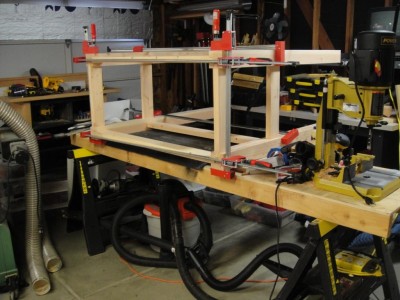
Rather than wait until I come up with the perfect planer station, I decided to build a semi-temporary planer cart to get it off the floor. I’ll use it for a year or so and note improvements I think of, and what I don’t like about it (like the height).
Using 2 Generations to Get it Right
Sometimes I know I’m not really ready to make the “ultimate” of something. So I make a temporary version, which I know will be functional but will lack all the features I know I’ll want. This way I get to use it in the meantime. See the previous post, The Value of Temporary Solutions for more on the concept of using this extra step to get a much more optimized final project.
What works for your design sessions? How far do you go when prototyping your work?
Connect with me on Facebook, and follow me on Twitter for more ninja tips to Optimize Your Woodshop!
Gotta get more clamps,







 How I went from a cluttered and disorganized shop to a super-productive layout with a convenient dust collection and electrical set-up.
How I went from a cluttered and disorganized shop to a super-productive layout with a convenient dust collection and electrical set-up. 


